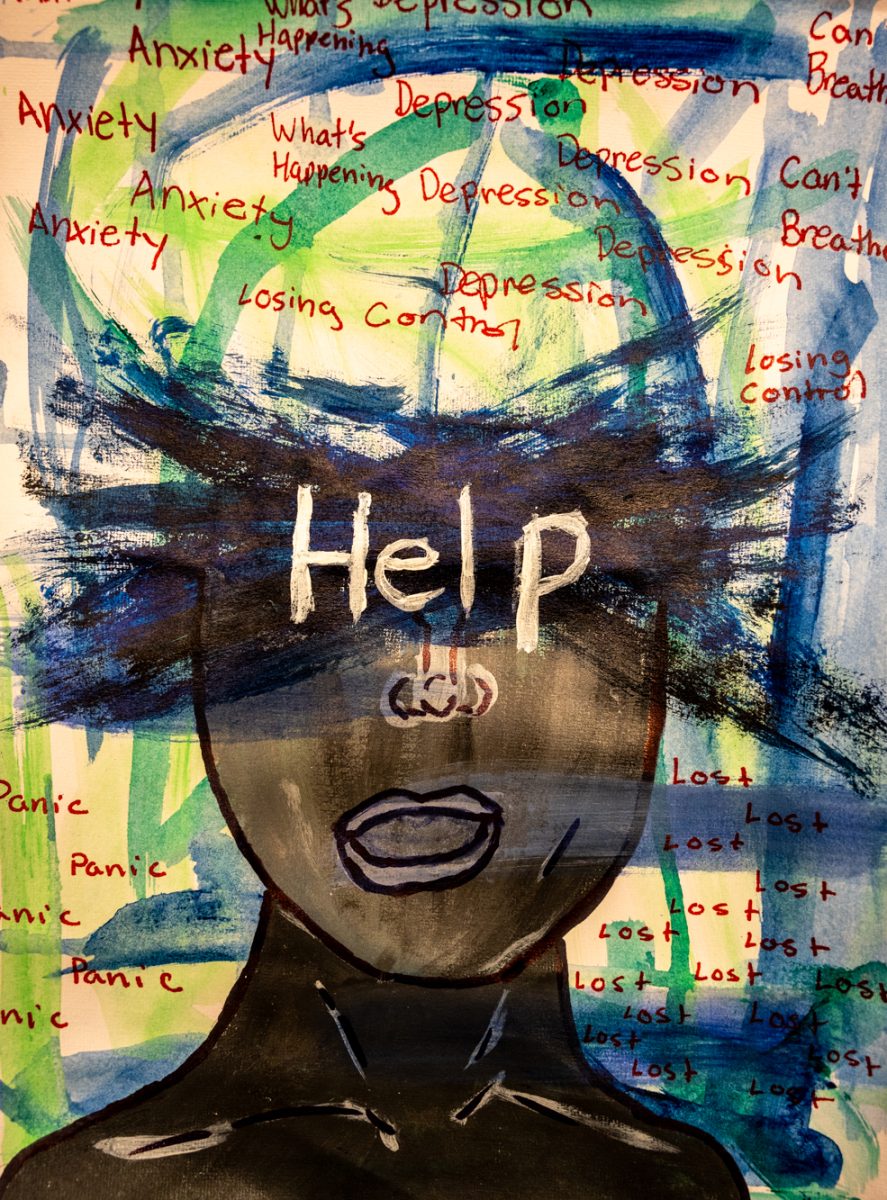Note to readers: The following article includes references to self-harm. If you or anyone you know is in need of help, please see a NASH counselor or call, text, or chat 988. Your conversation is confidential.
The halls are buzzing, bells are ringing, and classrooms are full.
School has officially started around the country, but with the excitement comes a much deeper subject: mental health.
Three-quarters of parents in the U.S. claim that their child would benefit from counseling regarding mental health. A third of those parents have noticed significant symptoms of mental illness, such as anxiety and depression in their kids.
School can take a toll on students’ mental health for a variety of reasons. Academic expectations from teachers and parents can lead to performance anxiety. Students will want to impress the adults in their lives causing fear of failure, leading to a variety of mental disorders.
School also leads to peer confrontation, which is not easy for everybody. Having peers be there when a student is going through a crisis is crucial, but it doesn’t always happen. Social anxiety affects people’s ability to make new friends leading to loneliness. Bullying is a big issue in schools all over. Bullying causes mental health to decline often leading to heightened anxiety and depression.
The rise of social media has made matters worse. There are 4.9 billion users on social media. Users often look through posts from friends, family, and strangers. However, with all the creativity social media offers, there is still a dark side to it. For instance, the fear of missing out (FOMO) is huge among teens. If a teen views a post from a friend hanging out with others, they may start feeling unwanted. Highlight reels also lead to FOMO; teens will post these reels showing off the “best” parts of their lives. This may sound sweet and sentimental, but it often leads to dissatisfaction of others because teens will start to think they’re missing out and don’t have that good of a life.
One girl put matters into her own hands. Just last fall a girl sued Meta (owner of Facebook, Instagram, Messenger, and WhatsApp) because they violated consumer protection laws. Meta has claimed that their sites are safe for everyone, but more than three dozen states disagree. These states claim that Meta, “designed physiologically manipulative product features to induce young users’ compulsive and extended use.” With this extended use of social media students are thrown into a whirlwind of toxic content leading to severe mental health issues.
Between 2016 and 2019 anxiety rose a total of 27% among kids, and depression rose 24%. It didn’t stop there; the crisis has continued to rise. In the last year alone 15% of students have noticed one major depressive episode in their life. And two-thirds of those students haven’t gotten the proper help to manage their mental health.
Depression can, in the most tragic cases, lead to suicide. In a 2021 study, the Centers for Disease Control and Prevention found that 22% of students considered attempting suicide. Some groups of students are affected more heavily than others. Almost half of LGBTG+ students reported experiencing suicidal ideations, a significantly higher percentage than heterosexual students. The study also found a disparity in race and ethnicity, reporting that black students have a higher probability of experiencing thoughts of self-harm.
Student-athletes were also examined to see how sports affect their mental well-being. Many athletes reported an elevated level of anxiety. The demographics that displayed higher rates of mental illnesses were female athletes, athletes of color, LGBTQ+ athletes, and those with family and economic struggles. 47% of these athletes did not feel comfortable finding a counselor to talk to about their mental health.
According to poll conducted by the National Alliance on Mental Illness (NAMI), fewer than half of students feel comfortable talking about their mental health in general, whether it is with a parent or professional. 22% of students said they are not comfortable talking to their friends about their mental struggles. The majority of these teens want more help from schools with addressing mental health in general.
The NAMI poll also found that only around 40% of students are aware of whether their school has specific mental health-based programs. As few as 7% of students feel comfortable going to their teachers for help.
It is important to emphasize that everyone has a role to play in students’ well-being, from the students themselves to school staff and families. And while schools have become more attuned to students’ struggles, more needs to be done. Administrators should consider classes focusing on mental health, rooms where students can go to calm themselves down, and even the implementation of mental health days.
After all, mental health is a vitally important topic because everyone has something going on inside their head.



